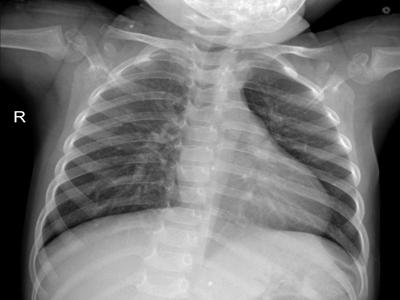#### COVID
"Co": "corona","vi": "virus" "D": " disease"
Coronavirus disease (COVID-19) is an infectious disease caused by a newly discovered coronavirus.
Most people infected with the COVID-19 virus will experience mild to moderate respiratory illness and recover without requiring special treatment. Older people, and those with underlying medical problems like cardiovascular disease, diabetes, chronic respiratory disease, and cancer are more likely to develop serious illness.
The best way to prevent and slow down transmission is be well informed about the COVID-19 virus, the disease it causes and how it spreads. Protect yourself and others from infection by washing your hands or using an alcohol based rub frequently and not touching your face.
The COVID-19 virus spreads primarily through droplets of saliva or discharge from the nose when an infected person coughs or sneezes, so it’s important that you also practice respiratory etiquette (for example, by coughing into a flexed elbow).
On 31 December 2019, WHO was informed of a cluster of cases of pneumonia of unknown cause detected in Wuhan City, Hubei Province of China. The coronavirus disease (COVID-2019) was identified as the causative virus by Chinese authorities on 7 January. As part of WHO’s response to the outbreak, the R&D Blueprint has been activated to accelerate diagnostics, vaccines and therapeutics for this novel coronavirus.
Since the start of the outbreak the World Health Organization (WHO) has been supporting African governments with early detection by providing thousands of COVID-19 testing kits to countries, training dozens of health workers and strengthening surveillance in communities. Forty-seven countries in the WHO African region can now test for COVID-19. At the start of the outbreak only two could do so.
### World data visualization
https://www.worldometers.info/coronavirus/ and https://gisanddata.maps.arcgis.com/apps/opsdashboard/ reported
1,676,820 coronavirus cases, 101,557deaths and 372,253 Recovered.
The economy is low and people suffered and economies in Sub-Saharan Africa could lose between $37 billion and $79 billion in output losses in 2020 due to COVID-19 (coronavirus), according to a new World Bank regional economic analysis. The region could face a severe food security crisis, with agricultural production expected to contract between 2.6% and 7%.
African countries urgently need to take on a customized short-term policy approach that takes into consideration the structural features of the region:
(1) the size of informal employment in the region accounting for 89% of total employment;
(2) the precariousness of most SSA jobs,
(3) the predominance of small and medium-sized enterprises which constitute 90% of business units and are the drivers of growth in the region,
(4) the ineffectiveness of monetary stimulus due to the reduced labor supply and closed businesses, and in the recovery phase due to weak monetary transmission in countries with underdeveloped financial markets.
### Architecture technique
The project deals with the management of historical patient data.
The idea is to develop a Data Lake (a repository of structured, semi-structured and unstructured data) that stores patient data.
The advantage of Data Lake is that it is possible to associate with structured data (an existing database), unstructured data such as exam images, etc. In addition, it is possible to apply machine learning techniques to this data.
It is a data integration environment without all the cost of multidimensional databases such as Data Warehouses and Data Marts. From that Data Lake, the plan is to develop a system that is able to manage / query the data. In short, an updated, reliable, secure and managed database with data and information by patients and their doctors.
The use of Data Lake technology means that this project can be used anywhere in the world in the same way.
Finally, we can use public health in disease control in a coordinated way worldwide and directly help those who need it most in times of pandemic, in addition to being able to project future disease outbreaks through artificial intelligence and mathematical projection models. we seek agreements with government universities interested in exchange.
# What is Pneumonia?
**Pneumonia is an inflammatory condition of the lung affecting primarily the small air sacs known as alveoli.Symptoms typically include some combination of productive or dry cough, chest pain, fever and difficulty breathing. The severity of the condition is variable. Pneumonia is usually caused by infection with viruses or bacteria and less commonly by other microorganisms, certain medications or conditions such as autoimmune diseases.Risk factors include cystic fibrosis, chronic obstructive pulmonary disease (COPD), asthma, diabetes, heart failure, a history of smoking, a poor ability to cough such as following a stroke and a weak immune system. Diagnosis is often based on symptoms and physical examination. Chest X-ray, blood tests, and culture of the sputum may help confirm the diagnosis.The disease may be classified by where it was acquired, such as community- or hospital-acquired or healthcare-associated pneumonia.**

Medical tags
- Clinical need
- Remote or self-diagnosis
- Area
- Infectious disease
- Technology
- Software
- Project keywords
- Build an IA method to learn from the data and detect early some symptoms and help to detect, prevent, and care.